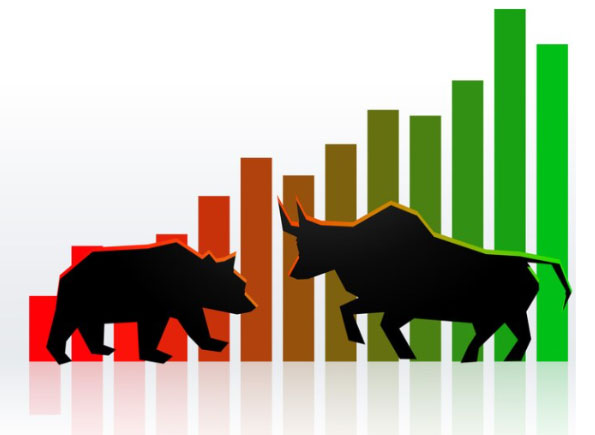Here’s something you’ll come across as you learn to trade. Market prices can suddenly spike or plummet following news or economic releases.
I’m sure you've seen that. But any idea why it happens? As someone who's looking to make money from trading, it's worth thinking about what's driving these big moves. A big part of it is market sentiment - the overall attitude of investors toward a particular asset or market.
Mastering market sentiment analysis can give you a leg up on other traders. But it involves more than just tracking price charts and ratios. You need to dive into the psyche of the market and decipher the collective mood of investors.

News events are like mood rings for the financial markets. Positive economic data, like a strong jobs report or GDP growth, typically lifts spirits and spurs bullish sentiment. Stocks rally as optimism spreads. Conversely, negative geopolitical turmoil or dismal corporate earnings can spook investors. Bearish sentiment takes over as traders sell risk assets and move to safe havens.
These shifts in sentiment can unfold rapidly, especially in our hyper-connected world. Within seconds, breaking news zooms around the globe. Social media amplifies reactions. Herd mentality kicks in as investors join stampedes out of fear of missing out on the next big move.
As an individual trader learning to trade, it may seem impossible to analyse these collective emotions swirling through the marketplace. How can you possibly gauge the sentiment of millions of investors?
Thankfully, markets reflect the perspectives of participants. There are tools to detect emerging bullish and bearish leanings. Monitoring key sentiment indicators like the VIX Volatility Index or Put/Call ratio can provide valuable clues into the market's fickle mindset.
Combining sentiment measures with traditional technical analysis gives you a more complete picture. You can assess both the quantitative charts and qualitative moods driving asset valuations.
The insights allow you to align your trades with market tides rather than fighting against them. If exuberance is pumping up an asset bubble, you can ride the wave. When fear sparks a sell-off, you can take profits or short the downturn.
Mastering these moves takes experience. Start by paper trading and fine-tuning your strategy. The goal is to develop your trader's intuition to match market psychology. With the right knowledge and tools, you can potentially profit from both bull runs and bear slides.
But remember, sentiment analysis is not a crystal ball. Markets reflect human emotions - both rational and irrational. Stay nimble and use tight risk management. Protect your capital while steadily building your trading skills.

With patience and practice, you may start thinking like a market psychologist - discerning hidden insights in the collective moods of investors. Use sentiment as your guide, rather than getting caught up in the manias or panics. That's how you can potentially achieve financial freedom in these turbulent markets.
To find out more about the trading courses and strategies we’ve created over the past 20 years to help traders profit from markets, join us in one of our free live sessions.
Register for your FREE session by clicking here.







